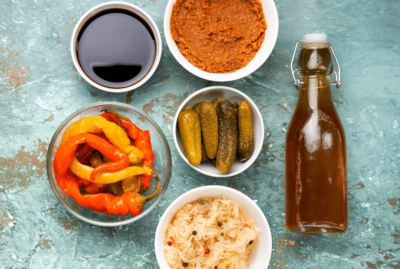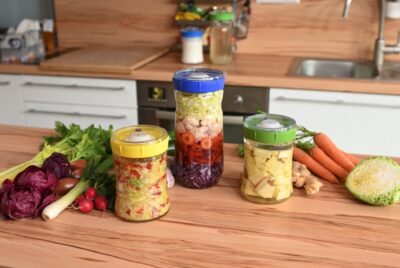Fermented food and winter colds

The time of the year when colds are more common is usually the colder months. Because we are not as active, less time outdoors and days are shorter, microbes can cause more infections, especially with more sensitive children and elderly. This blog will help you understand how fermented food can be a great help when trying to prevent infections.
We’ve all heard about the preventive measures, such as getting enough sleep, exercising regularly, washing hands frequently and eating a healthy diet with plenty of fruits and vegetables. All this can help boost your immune system.
Boost immune system with a healthy diet
In addition to these specific nutrients, a diet that is rich in whole, unprocessed foods and low in added sugars and unhealthy fats can help support overall health and prevent colds.
Fermented foods as part of a healthy diet
Specific nutrients found in fermented food
Vitamin K2: Fermented dairy products, such as kefir and kefir cheese, can be a good source of vitamin K2, which helps regulate the immune system and has been shown to reduce the risk of respiratory infections.
B vitamins: Fermented foods, such as kombucha (B1, B2 and B3), tempeh (B2 and B3), natto and miso, can be a good source of B vitamins.
Minerals: Fermented foods can be a great source of minerals, such as calcium (yogurt, kefir), iron (nato, tempeh), and magnesium (miso, sourdough bread), phosphorus (fermented dairy products), zinc (kefir, yogurt, natto).
Polyphenols: Fermented foods, such as kefir and yogurt, can contain polyphenols, which are compounds that have potent antioxidant properties and can help protect the body against oxidative stress.
Lactoferrin: Fermented dairy products, such as cheese and yogurt, can be a good source of lactoferrin, a protein that has been shown to have antiviral and antibacterial properties and can help boost the immune system.
Short-chain fatty acids: Fermented foods, such as kimchi and sauerkraut, can contain short-chain fatty acids, which are important for gut health and can help regulate the immune system.
Omega-3 fatty acids: Fermented foods, such as kefir, can contain omega-3 fatty acids, which are important for heart health and can help reduce inflammation in the body.
Antioxidants: Fermented foods, such as kimchi and sauerkraut, can contain antioxidants, which help protect the body against oxidative stress and can help prevent colds.
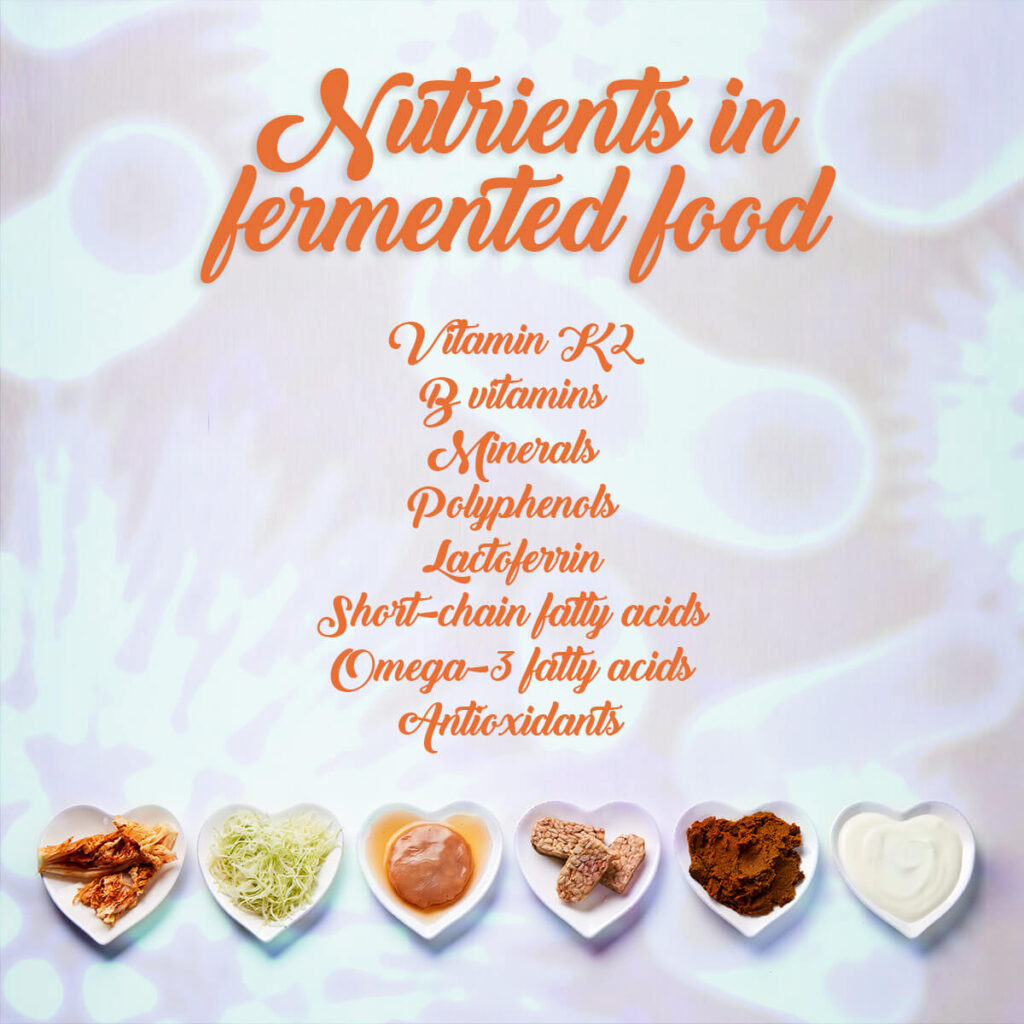

When incorporating fermented foods into your meal plans, take some things into consideration.
- Start slow: If you are new to fermented foods, start with a small serving and gradually increase the amount as your taste buds adjust.
- Mix and match: Try a variety of fermented foods, such as kombucha, kefir, sauerkraut, sourdough, kimchi, miso, and pickles, to get a wide range of probiotic strains and other beneficial nutrients.
- Get creative: Fermented foods can be incorporated into many different types of recipes. For example, you can use kefir as a base for dips, dressings, and smoothies, or add sauerkraut or kimchi to salads, sandwiches, and tacos.
Recommended products from this blog:
-
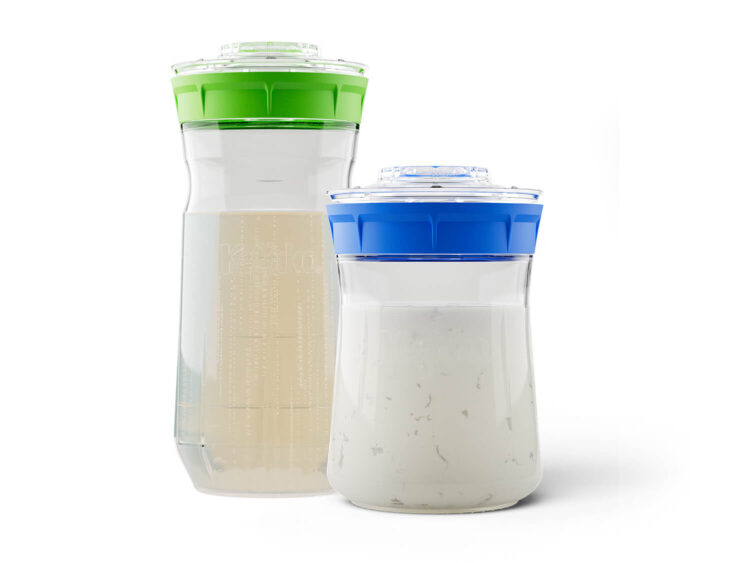
Kefir Fermenter
32.45 € – 35.99 €Rated 4.56 out of 5Select options This product has multiple variants. The options may be chosen on the product page -
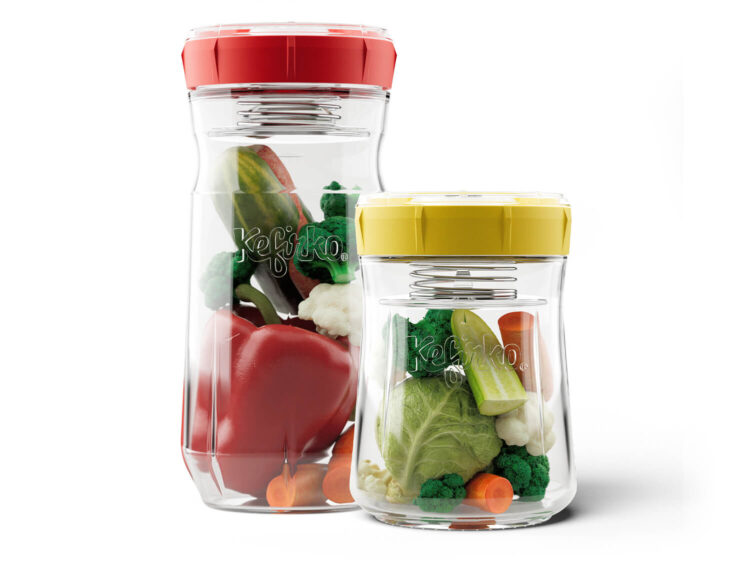
Veggie Fermenter
35.60 € – 39.40 €Rated 5.00 out of 5Select options This product has multiple variants. The options may be chosen on the product page -
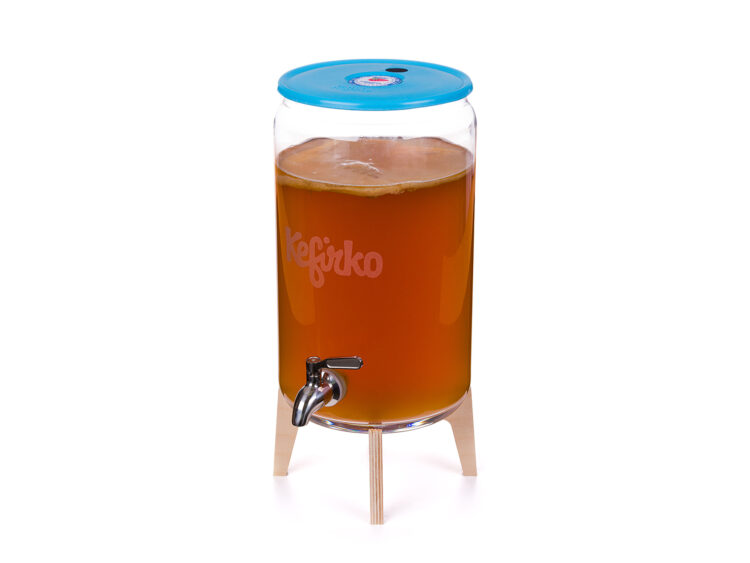
Kombucha Fermenter with Spigot&Wooden Stand
76.90 €Select options This product has multiple variants. The options may be chosen on the product page


